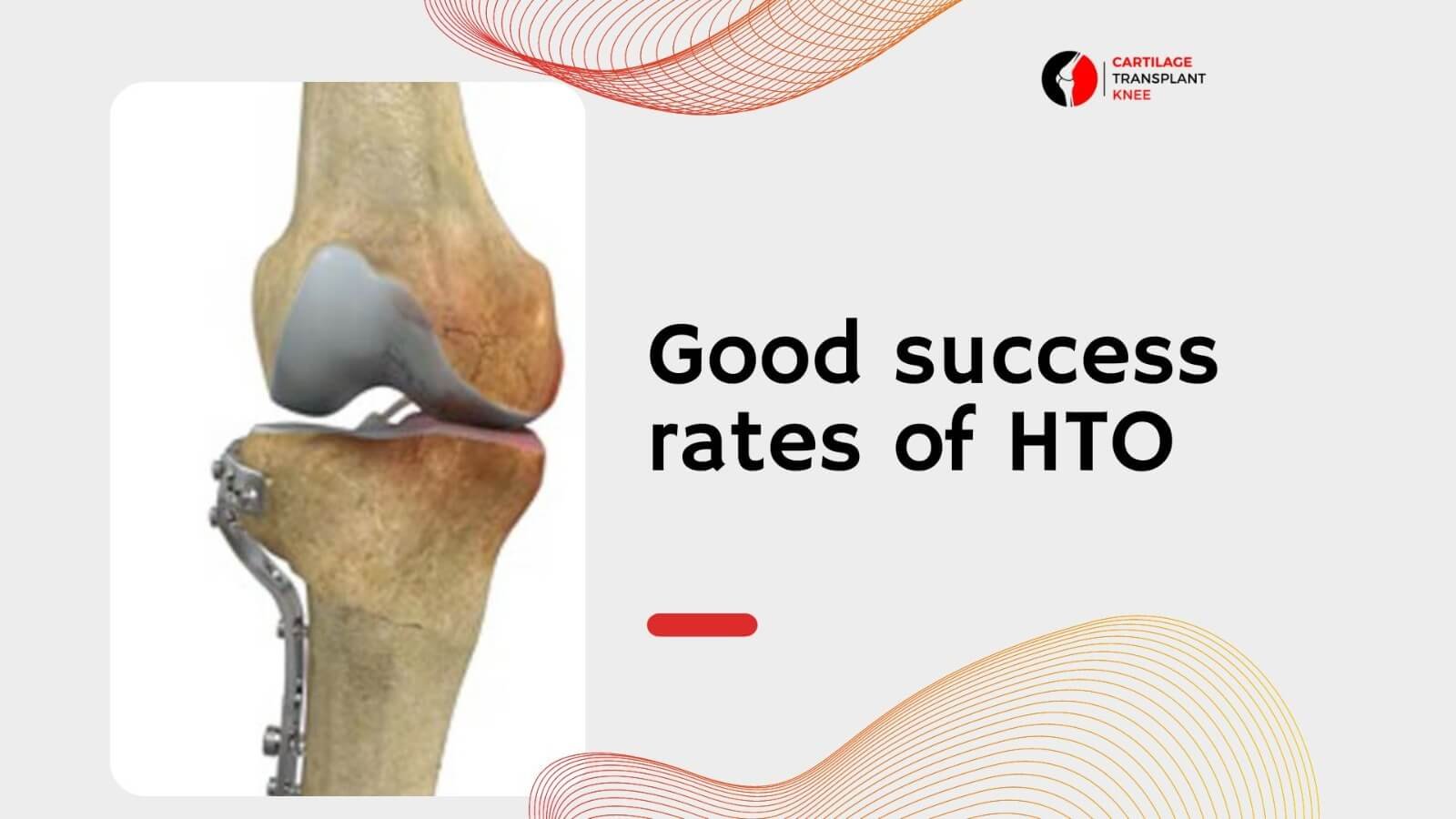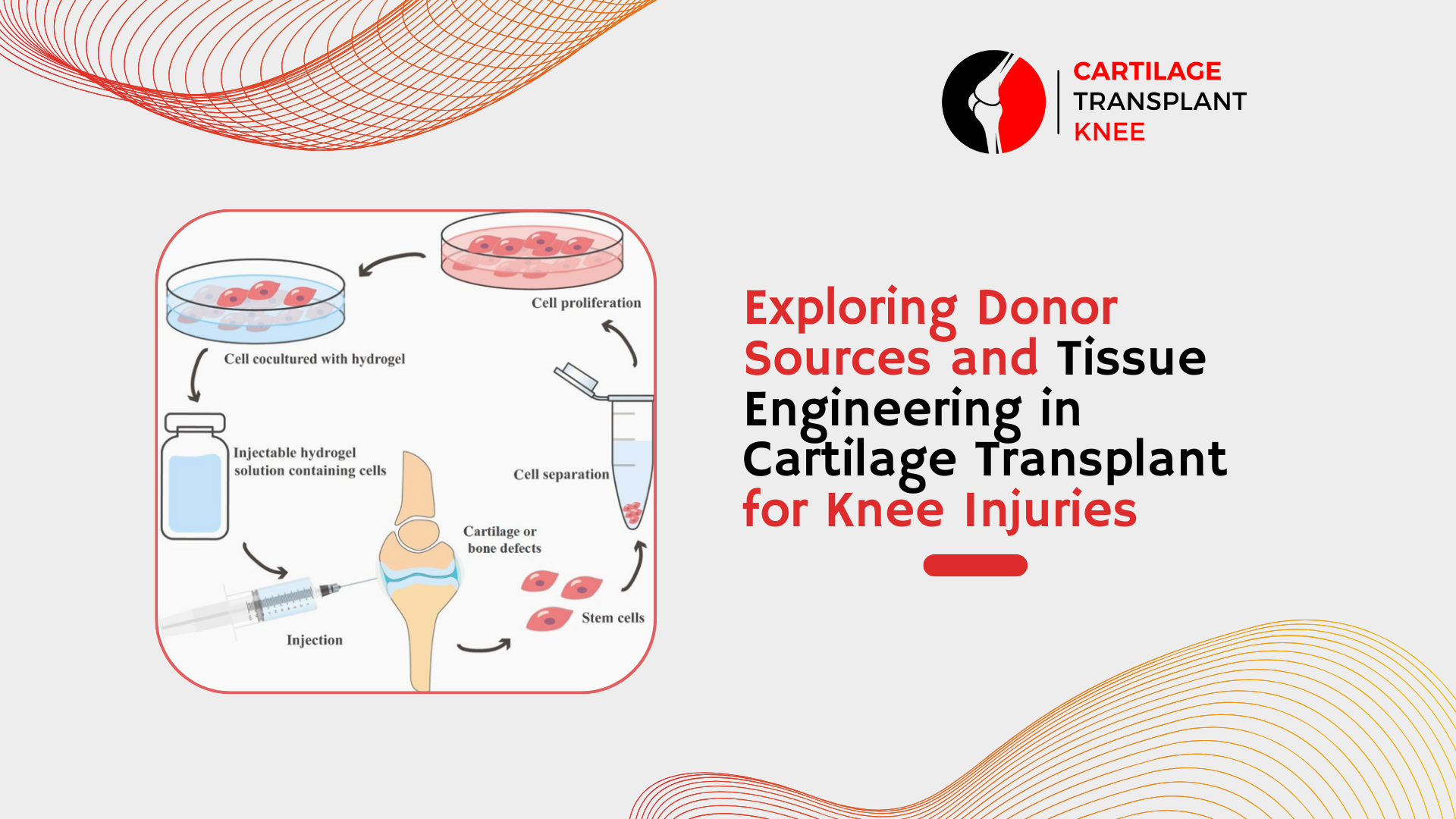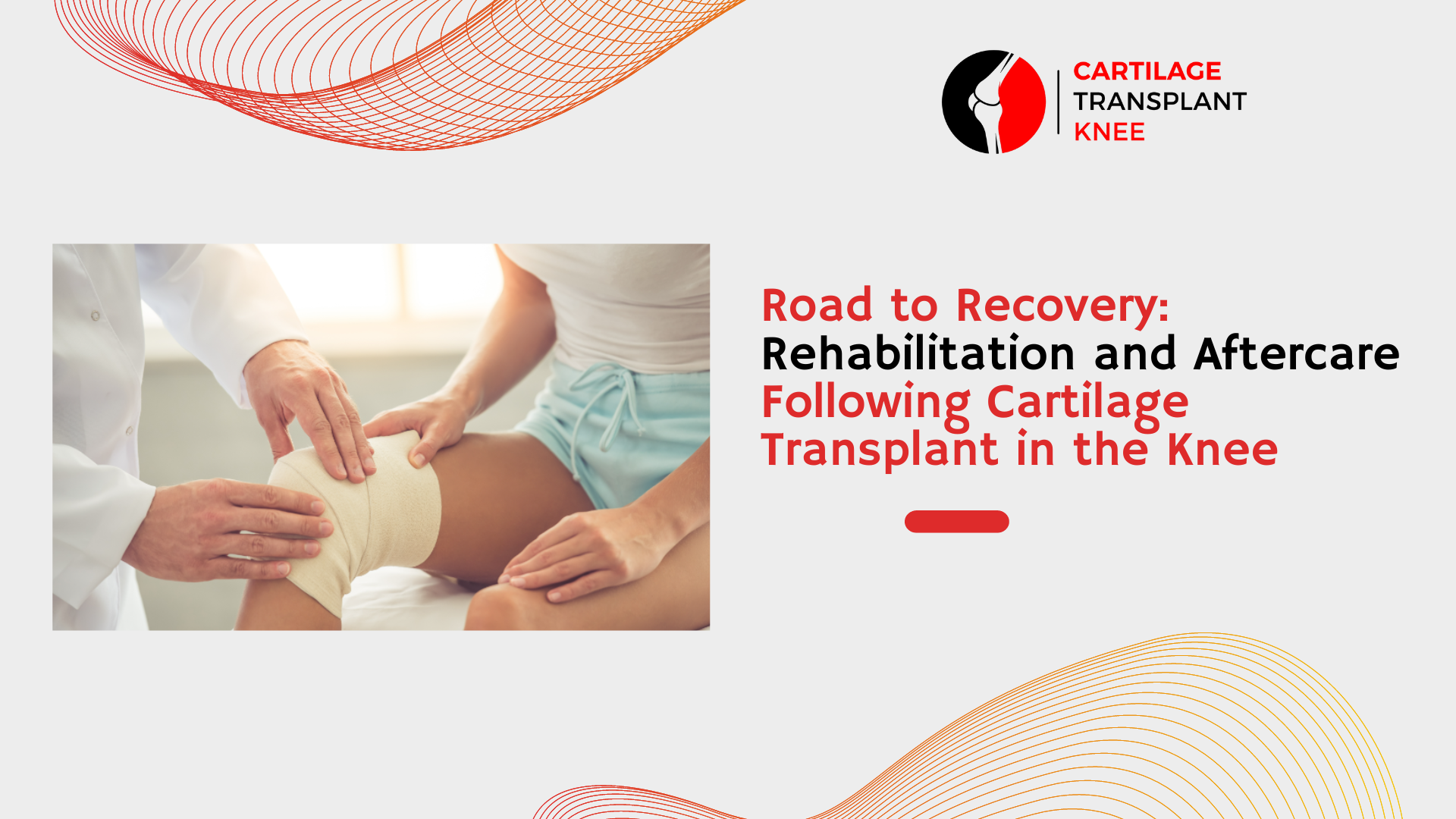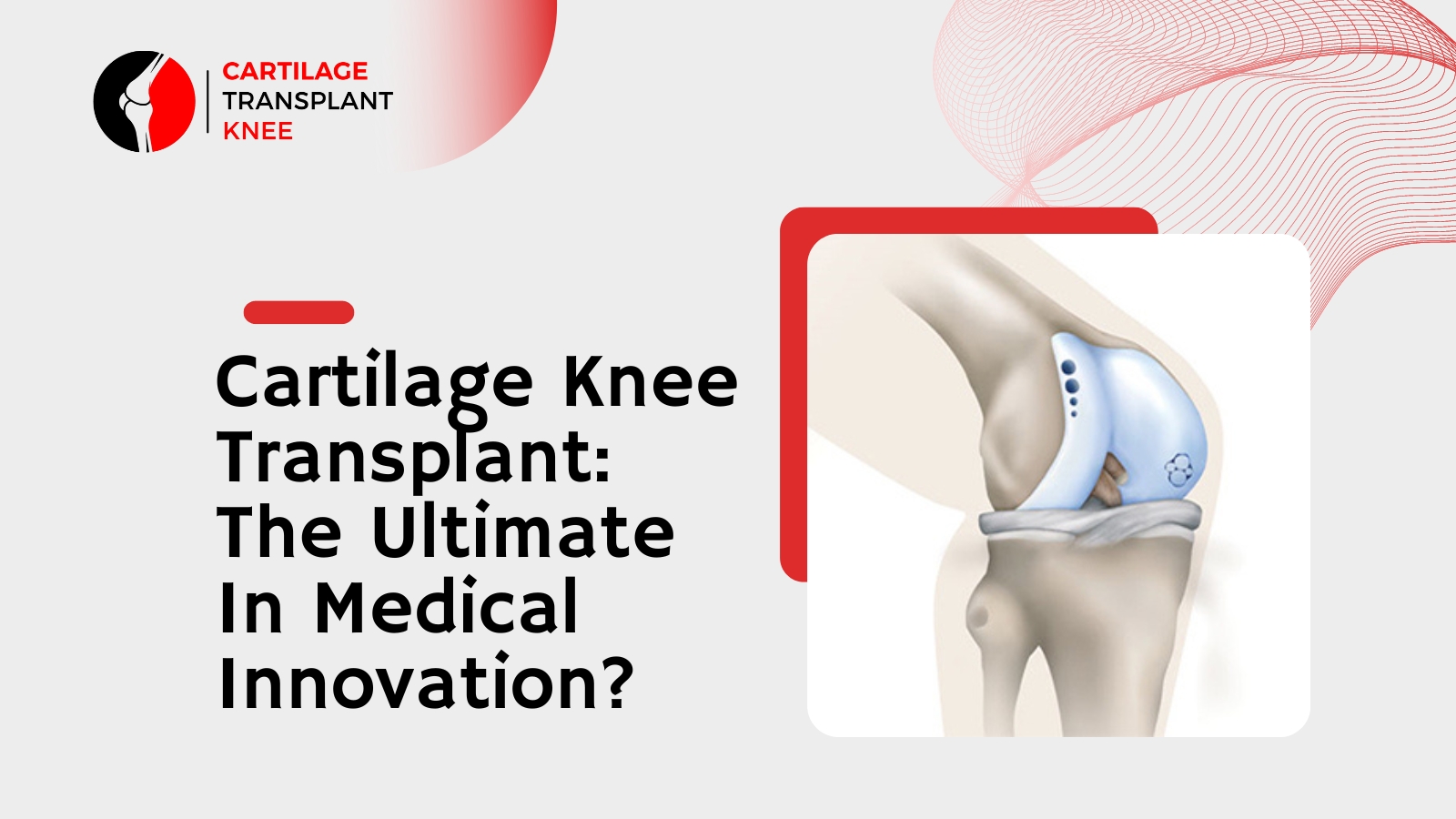High tibial osteotomy (HTO) is a surgical procedure used to treat knee pain caused by osteoarthritis or other conditions that affect the alignment of the knee joint. The procedure involves cutting and realigning the tibia bone in the lower leg to shift weight from the damaged part of the knee joint to healthier parts, thereby reducing pain and slowing the progression of the disease. While the success rates of HTO may vary depending on the individual patient and the severity of their condition, research has shown that the procedure can be highly effective in relieving pain and improving knee function. In this blog, we will explore the good success rates of high tibial osteotomy.
Success Rates of High Tibial Osteotomy
Studies have shown that high tibial osteotomy can be a highly effective treatment for knee pain caused by osteoarthritis, with good long-term outcomes for many patients. According to a 2015 meta-analysis of 17 studies involving 1,063 patients, the overall success rate of high tibial osteotomy was 78.8% at an average follow-up period of 7.2 years. Another study published in the Journal of Bone and Joint Surgery in 2019 found that 92% of patients who underwent high tibial osteotomy reported significant improvements in pain and function at an average follow-up period of 9.3 years.
Factors that Affect Success Rates
While high tibial osteotomy has been shown to be a highly effective treatment for many patients, the success rates of the procedure can vary depending on several factors. Some of the most important factors that can affect the success rates of high tibial osteotomy include:
Severity of the Condition: Patients with more advanced osteoarthritis or other conditions that affect the alignment of the knee joint may have lower success rates with high tibial osteotomy than patients with less severe conditions.
Age of the Patient: Younger patients tend to have better success rates with high tibial osteotomy than older patients, as their bodies are better able to heal and adapt to the changes in knee alignment.
Weight of the Patient: Patients with a higher body mass index (BMI) may have lower success rates with high tibial osteotomy, as the increased weight and pressure on the knee joint can make it more difficult for the bone to heal properly.
Compliance with Post-Operative Care: The success rates of high tibial osteotomy can also be affected by the patient's compliance with post-operative care, including physical therapy, weight-bearing restrictions, and other instructions provided by the surgeon.
Benefits of High Tibial Osteotomy
High tibial osteotomy offers several potential benefits for patients with knee pain caused by osteoarthritis or other conditions that affect the alignment of the knee joint. Some of the most significant benefits of high tibial osteotomy include:
Relief of Knee Pain: High tibial osteotomy can help to relieve knee pain by shifting weight away from the damaged part of the knee joint and reducing pressure on the affected area.
Improved Knee Function: By realigning the knee joint, high tibial osteotomy can help to improve knee function, allowing patients to perform daily activities with greater ease and comfort.
Delay or Avoidance of Knee Replacement Surgery: For patients with early-stage osteoarthritis or other conditions that affect the alignment of the knee joint, high tibial osteotomy can help to delay or even avoid the need for knee replacement surgery.
Customizable Treatment: High tibial osteotomy can be customized to the individual needs of the patient, with the surgeon able to adjust the angle and location of the bone cut to achieve the optimal alignment for the patient's leg.









